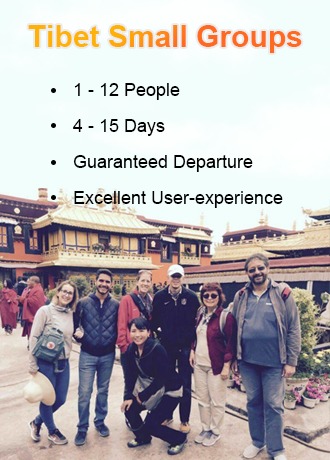Famous Cities In Tibet
- by Catherine
- Last Updated: 2023-07-03
When we talk about Tibet cities, Lhasa would come to mind first as it's the most famous city in Tibet. Till now, Tibet is still a little-known area due to its remote geographical location for most of the world. Come and discover Tibet with Great Tibet Tour and you will know more about this mysterious land.
Lhasa - The Most Holy City of Tibet
Lhasa, the capital city of Tibet, is located in the middle of the Qinghai Tibet Plateau, with an altitude of 3,650 meters. It is one of the highest cities in the world. Lhasa is sunny all year round with little rainfall. There is no severe cold in winter, no intense heat in summer, and the climate is pleasant. The annual sunshine time is more than 3,000 hours, known as "sunshine city".
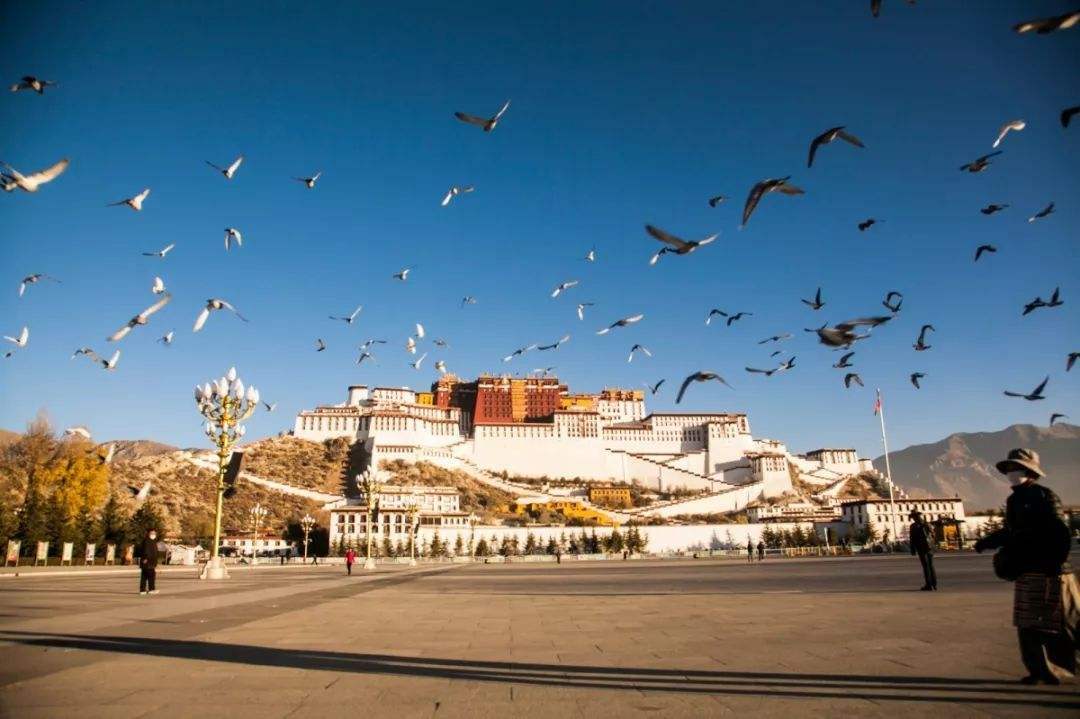
Lhasa is the biggest and most famous Tibetan city, famous for its long history, unique customs, and strong religious color. Speaking of Lhasa, we will naturally think of Songtsan Gambo. Songtsan Gambo is a famous figure in the history of Tibet, known as the "valiant, brave and wise". After Songtsan Gambo moved his capital, he built palaces, rivers, and temples, which laid the foundation of Lhasa city. Jokhang temple was built in this period.
Lhasa has many historic sites, the most famous are Potala Palace, Jokhang Temple, and Norbulinka, which have been listed as world cultural heritage. The main tourist attractions are Drepung Monastery, Sera Monastery, Ramoche Temple, Chakpori Hill, etc. Lhasa's main business areas include Barkhor Street, Yutuo Road Pedestrian Street, Lhasa department store, etc. The surrounding geothermal hot springs are everywhere, and Tidrum hot springs are famous in the whole Tibetan area. Lhasa is also rich in ethnic cultural festivals, such as the Tibetan new year, butter Lamp Festival, Bathing Festival, etc.
Today, Lhasa is emerging as a new city connecting tradition and modernity. Under the curtain of night, Princess Wencheng's real scene theater, which is located by the Lhasa River, presents a gorgeous and bright scene. On the red mountain in the distance, the Potala palace is even more brilliant, as if it can shine. This is because it uses very advanced and modern lighting means. The new lifestyle and culture of the citizens are also full of vitality. St. Regis Lhasa Resort, the intercontinental hotel of Lhasa holy land paradise, with its unique design concept of Tibetan cultural style, quickly became a landmark in the region. In recent years, buffets at five-star hotels have become a habit for many Lhasa residents.
Gyantse - Known as a City of Heroes
Gyantse is a tourist attraction as well as a Buddhist resort. From Lhasa to the west, it is 260 kilometers via Nagarzê county to Gyantse. Gyantse is a small city in Tibet, but it is famous for a war against Britain in 1904, and the movie "Red River Valley" made it even more famous. Gyantse Dzong became the landmark of the small town. Pelkor Chode Monastery is also located here. Gyantse Kumbum is the main building in the monastery. One of the characteristics of Pelkor Chode Monastery is the unity of temples and pagodas; the other is that Lamas in three schools sing Sutras in the same temple, which is unique in Tibet!
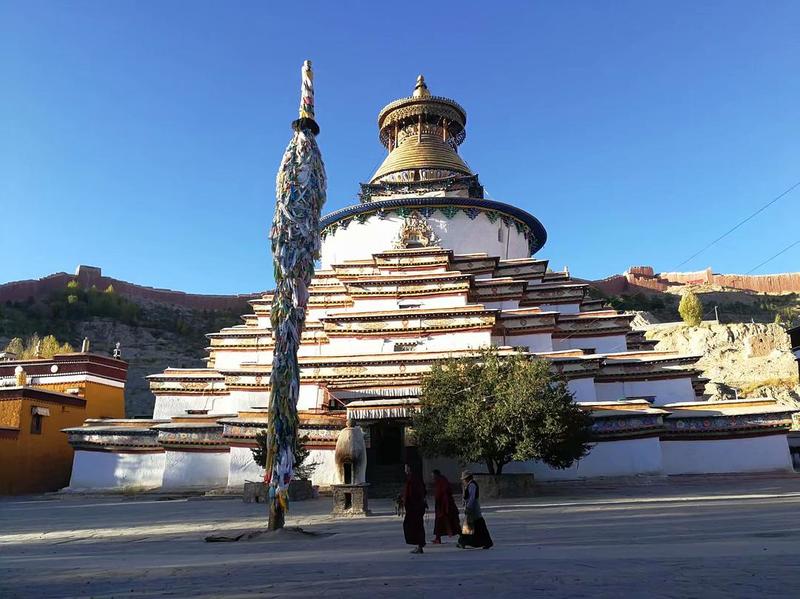
The annual Gyantse Horse Race Festival is a grand festival for Tibetans. In addition to horse racing, archery, and horse archery three items, it also adds a variety of activities such as art performances, fireworks parties, yak racing, shooting archery in a horse, holding up the stone competition, basketball competition, etc., which has become the largest regional festival every year.
Shigatse - The Seat of Panchen Lama
Shigatse has a very wide area: from the Karola Glacier in the East to the source of the Yarlung Zangbo River in the west, to the Himalayas in the south, to the Qiangtang prairie in the north, covering an area of more than 180,000 square kilometers. Shigatse is an important channel to connect all parts of the plateau. No matter the master Shantarakshita who came to Tibet from Gyirong or Edmund Candler from Ngari to Lhasa, almost all the famous masters in the history of Tibetan Buddhism have left footprints in Shigatse. Shigatse is called post-Tibet in the history of Tibet, and it is the place where Panchen Lama settled in Tibet.
With its superior geographical location, magnificent natural landscape, ancient culture, and grand temple buildings, Shigatse has become one of the most attractive tourist attractions in Tibet. Tashilhunpo Monastery Buddha Festival, Cham Dance Festival, and Tibetan opera performances are all famous for their unique style. Today's urban construction in Shigatse is changing with each passing day, and road traffic reaches all directions. If you continue from Shigatse to the southwest, you can reach the world's first peak - Mount Everest. To the north, you can reach Nagqu. To the east, you can reach Lhasa and Shannan. To the west, you can reach Ngari.
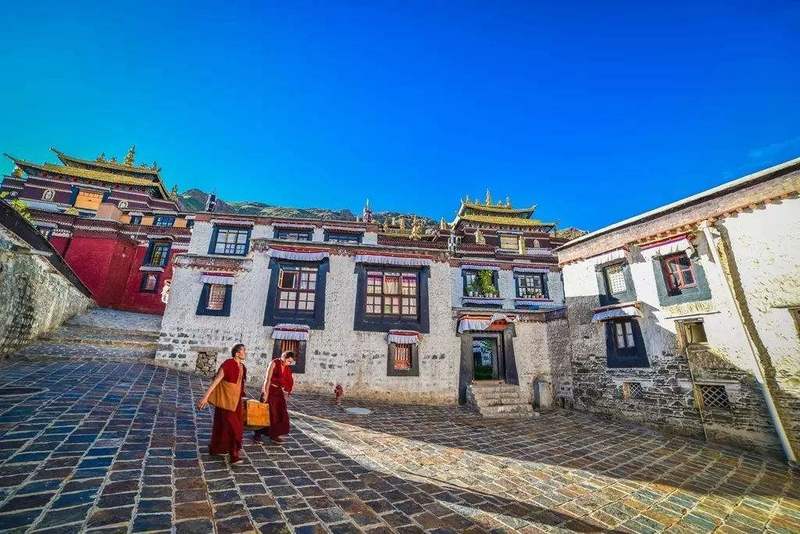
Shannan(Tsedang) - The Birthplace of Tibetan Civilization
Shannan is located in the south of Tibet, in the middle and lower reaches of the Yarlung Zangbo River to the south of the Nyenchen Tanglha Mountains. This is the birthplace of Tibetan culture. In addition to the numerous historical sites and unique cultural landscapes, the magnificent natural scenery of Shannan is also unique in Tibet. The first Buddhist monastery, Samye Monastery, were all built-in Shannan. Yamdrok Lake is one of the three holy lakes in Tibet, and Lhamo Latso can not only predict the reincarnation of the spirit child, but also the fate of the future.
Tsedang is the capital of Shannan, 87km away from Gongga Airport, and is the political, economic, cultural and transportation center of Shannan. About 11 kilometers southeast of Zedang town is the famous Yumbulagang. It is the first palace in Tibetan history. Other scenic spots are Tradruk Temple,Tibetan kings tomb. Nowadays, they are all national key cultural relics.
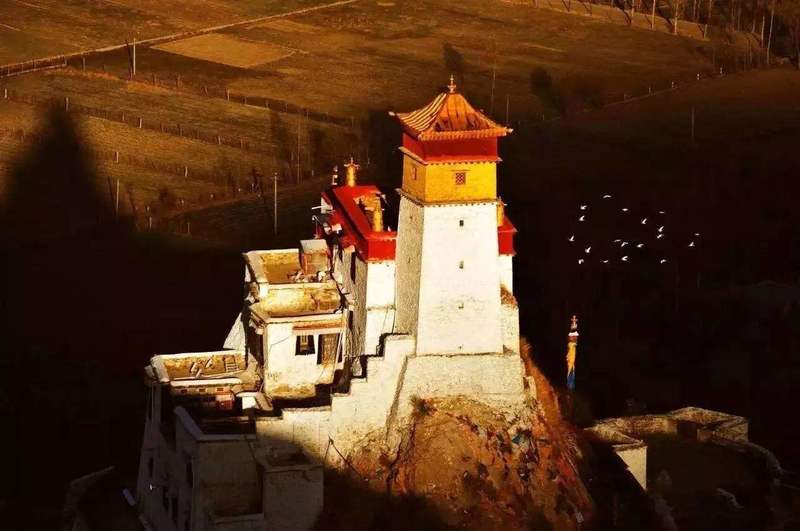
Nyingchi (Baiyi) - Covers 60% of Tibet's Forests
Nyingchi city is located in the southeast of Tibet, with the deepest canyon in the world, the Yarlung Zangbo River Grand Canyon. The altitude here is not too high. Different from the traditional impression of the Qinghai Tibet Plateau, Nyingchi enjoys the reputation of Jiangnan in Tibet. The Niyang River and the Yarlung Zangbo River meander through, and 60% of Tibet's forests are centered here. Snow Mountain Ranch, forest sea holy lake, Nyingchi is graceful and refreshing pastoral scenery.
Bayi is the capital and transportation hub of Nyingchi city, so it is the transit station for most passengers to reach Nyingchi. Most of Nyingchi's best views are scattered in three directions around Bayi town. Westward, Draksum Tso and Kadinggou; Eastward, Gala village to see the peach blossom festival, Segrila pass (far view of the best place for the Nnamjagbarwa mountain), Lulang forest, Midui glacier; Southward, Brahmaputra grand canyon.
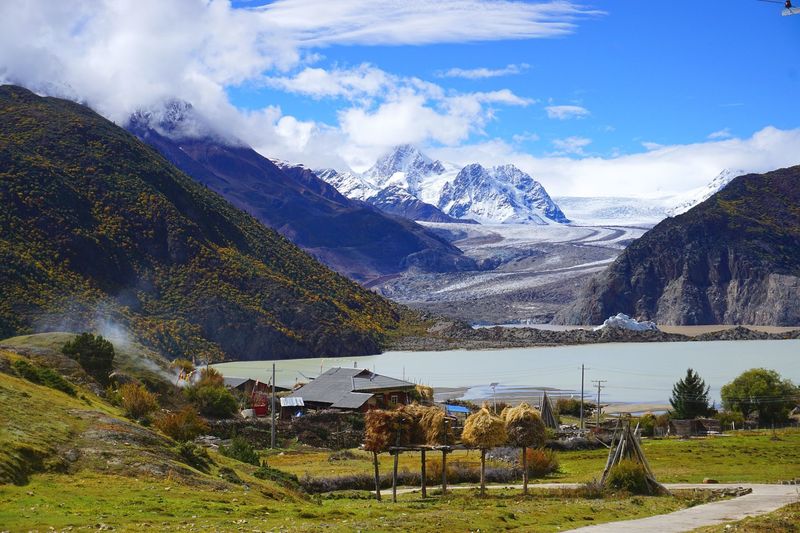
Nagqu - The North Prairie in Tibet
Nagqu is located in the north of Tibet, surrounded by the Tanggula mountains, the Nyen Tanggula mountains, and the Kunlun mountains. The mountain area is continuously distributed and dotted with lakes. If you take a train via Qinghai Tibet railway, you will see Nagqu after Amdo right after leaving Qinghai. You can see the vast scenery and wild animals running recklessly on Nagqu Prairie (Qiangtang Prairie). August is the most beautiful season on the grassland, as everywhere is green. Horse racing festivals and a variety of festivals of herdsmen are also concentrated in this season. The most famous attraction is Namtso Lake, which is regarded as one of the three holy lakes in Tibet.
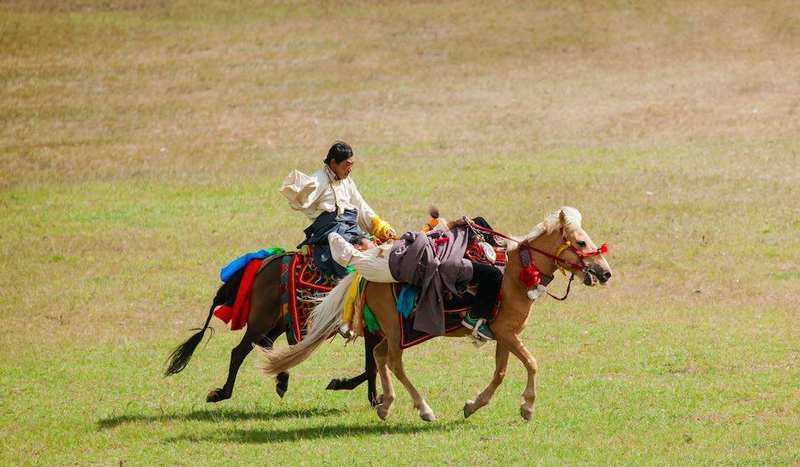
Chamdo - The Birthplace of Khampa Culture
Chamdo is located in the east of Tibet, at the junction of Tibet with Sichuan, Qinghai, and Yunnan. It was the intersection and the largest distribution center of the ancient Tea-Horse Road. The integration of various cultures has created the unique charm of the ancient tea and horse road culture in Chamdo. Khampa Strings Dance, which has been passed down to the present, was listed as one of the first national intangible cultural heritage. In addition, Chamdo also has seven other national intangible cultural heritages such as ghee-making techniques. The main attractions of Chamdo include the Lhegu Glacier, Rawok Lake, and Jampaling Monastery.
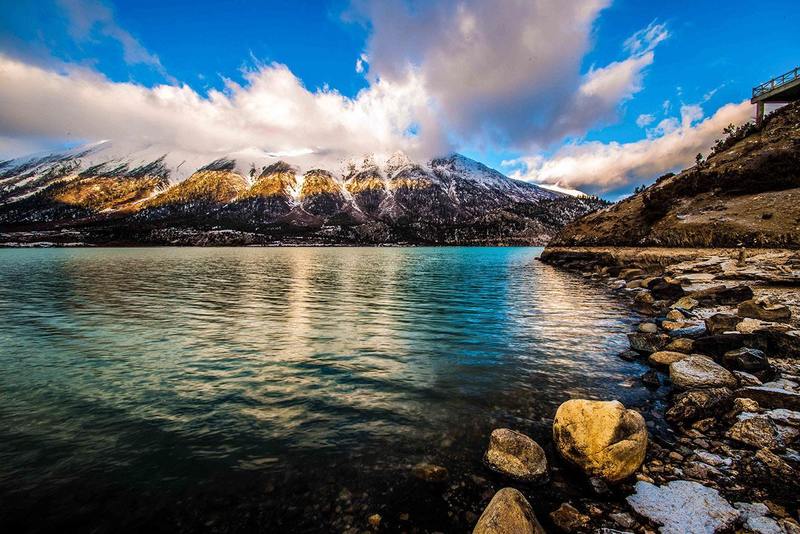
Shiquanhe - The Capital of Ngari Prefecture
In the Ngari area of Northwest Tibet, the average altitude is more than 4500 meters. There are a large area and a small population, all over the snow mountain and holy lake, where Tibetan antelope, Tibetan wild ass and wild yak run freely. Zanda clay forest, formed by ancient geological changes, stretches for hundreds of square kilometers, which is spectacular. The ancient civilization here has a glorious history of more than 700 years, leaving behind for future generations exquisite religious artworks such as murals, sculptures, stone carvings, etc. Before you reach Shiquanhe, tourists can visit holy Mount Kailash, Lake Manasarovar, and the ghost lake Pangong.
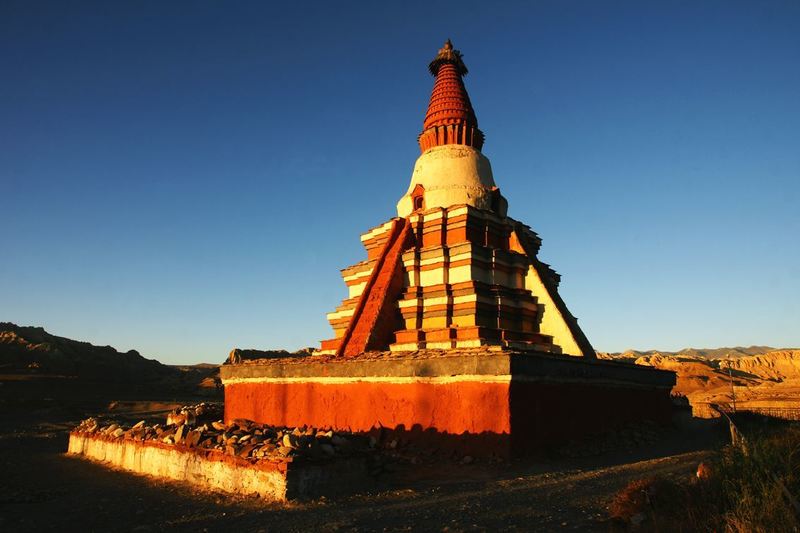
Shiquanhe town is the capital of the Ngari district. This is the distribution center for tourists to visit Ngari. 219 National Road and 317 National Road open the road from Shiquanhe town to Xinjiang in the north and Lhasa in the southeast, forming the pattern of a transportation hub in Western Tibet. Urban infrastructure is complete, with a variety of shops, restaurants, and hotels in a row. New buildings are springing up, the streets are bright at night, and songs come from various Tibetan bars. From there, you are about to visit the ruins of the Guge Kingdom and Tholing Monastery, the oldest monastery in Ngari.
Gyirong - The Border Town of Tibet
Gyirong county belongs to Shigatse Prefecture and is located on the southwest border of Tibet. It is 25km from Gyirong town to Resuo village where the port is located. Gyirong is one of the main external channels in the history of Tibet. It has a long history and culture. It is said that over 1300 years ago and in the 8th century A.D., this is the place where Princess Bhrikuti married Songtsän Gampo and master Padmasambhava, an Indian Buddhist, came to Tibet from India.
Today, the Gyirong port is open to the outside world. Tourists from all over the world visit Tibet from Nepal. Known as the "Himalayan back garden", Gyirong Valley shows the beautiful and heroic appearance of the port area. Shishapangma Mountains, the integration of Tibetan and Nepalese culture attracts more people to halt at this charming town.
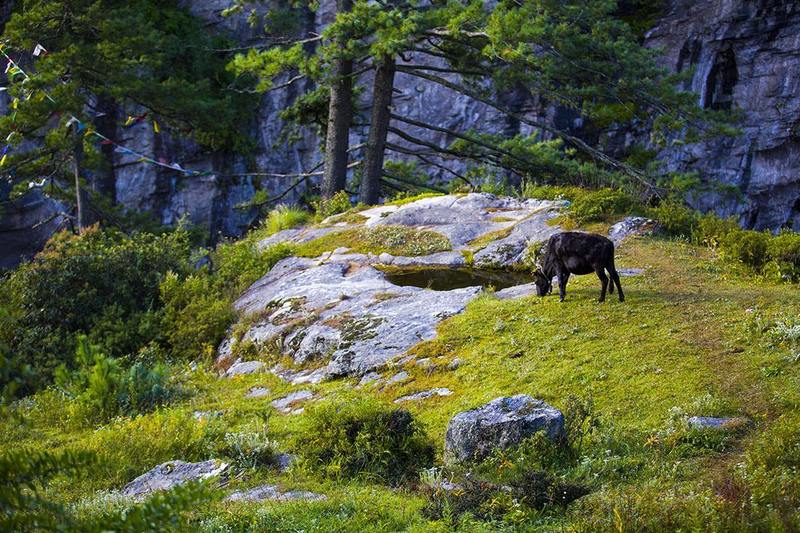
Related Articles
- Bhutan Cities
- Travel from Italy to Tibet
- Paro Airport
- Ancient City Wall
- Tibet Weather in April
- Kailash Mansarovar Yatra: Once in A Lifetime Experience
- Vanray International Resort
- How to Visit Lhasa?
- Is It Safe to Travel to Tibet?
- The Bund
Email response within 0.5~24 hours.


